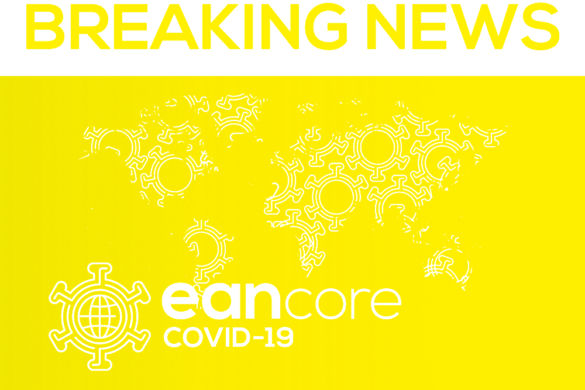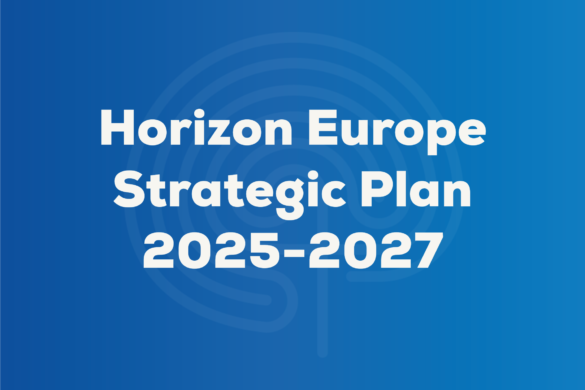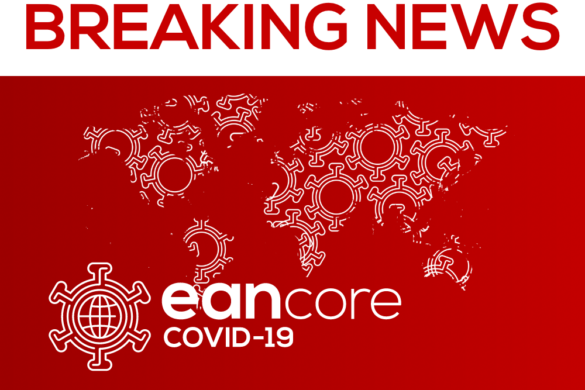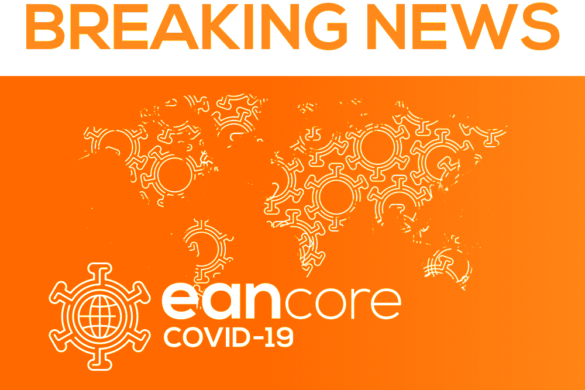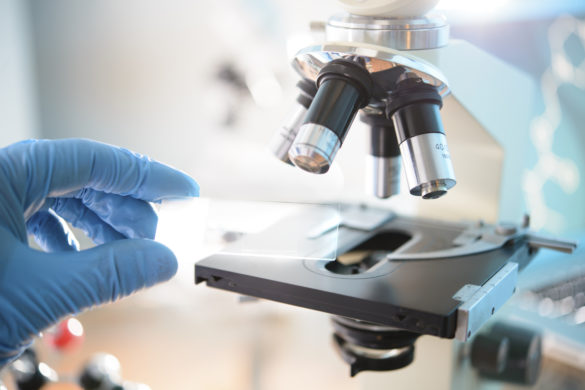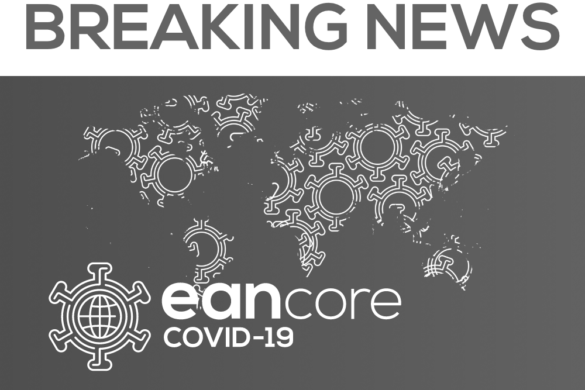By Juliette Dufour
This interesting joint session with the European Association of Neuro-Oncology (EANO) provided a picture of biomarkers in Neuro-Oncology including imaging, biological and clinical features. These biomarkers are indeed extremely important for the development of individualised and targeted therapy. The purpose of this Symposium was to summarise the evidence in the field and promote biomarker-based decision making for clinicians.
Missed this session?
Watch on demand via our Virtual Congress Platform – click here!
First Dr. Adelheid Worehrer gave an overview of the new features in the 2021 WHO classification. Brain tumours are extremely diverse in terms of number and diversity of cells, function, and prognosis. Until 2016, the classification was based solely on pathology; since 2016, classification integrates molecular parameters allowing a better understanding of physio-pathological features and opportunity for treatment.
The most important advance was the integration of DNA methylation profiling in the criteria. DNA methylation is an epigenetic mark that is highly conserved and heritable, reflecting cell-of-origin and epigenetic changes acquired during tumorigenesis, and therefore allowing a precise classification. These aspects can be applied to many tumour types and are able to refine tumour subtypes (example of high-grade astrocytoma with piloid features that has a specific DNA methylation profile). With DNA methylation, the WHO classification introduced 22 new tumour types with 14 new gliomas/glioneuronal.
Dr. Worehrer then exposed the actual key molecular markers in glioma: IDH1/2 mutation (metabolic enzyme that leads to epigenetic change and DNA hypermethylation), loss of chromosomal arms 1P and 19q (specific of oligodendroglioma) and TERT promoter mutations (telomerase activation). With this new classification it is now easy to distinguish three major groups: (i) Astrocytoma if presence of IDH mutation with grade 2, 3 or 4 (group 4 define with added CDKN2A/B mutation); (ii) Glioblastoma IDH-wild type defined by new molecular features criteria such as: TERT mutation or EGFR gene amplification and (iii) Oligodendroglioma if presence of IDH mutation and 1p10q codeletion.
In conclusion, the current 2021 WHO classification restructured existing tumour groups by introducing novel markers such as DNA methylation profile and introduced the concept of histological and molecular grading.
Next, Dr. Andreas Hottinger spoke about molecular and imaging biomarkers and their key roles in high grade CNS tumours. Dr. Hottinger exposed some established markers in CNS tumours: (i) MRI-based, especially contrast uptake and spectroscopy MRI (high level of choline and low NAA in tumour), (ii) PET-based (FET or Choline) and (iii) pathology-based. Regarding pathology, molecular markers have an important predictive value, indeed, for example MGMT methylation confers a much better sensibility to Temozolomide (chemotherapy) and therefore a major improvement of survival in the different studies. Some other molecular markers are important for they can lead to specifical therapeutics: NTRK fusion genes and BRAFV600E mutation (Dabrafenib/Trametinib, Phase II, Lancet Oncol 2022) for example. At the end, he exposed future perspectives such as liquid biopsy (isolation of circulating tumour markers) in order to easily discriminate (blood test) the molecular profile of CNS tumours.
The third presentation, by EANO Executive Board member Dr. Roberta Rudà, was about molecular and imaging biomarkers in lower grade gliomas. The new 2021 WHO classification has redefined the distinction between low grade and high-grade gliomas. Two groups are described in the lower grades: (i) Oligodendroglioma defined by IDH-mutation and 1p/19q alteration and (ii) Astrocytoma with IDH-mutation. So IDH mutation also has a major prognostic and predictive value. A potential novel biomarker has recently come to light: MR-spectroscopy that can indirectly detect the presence or absence of the IDH-mutation (accumulation of 2HG in the tissue). Regarding treatment, very promising anti-IDH therapy options are available (Ivosidenib, Vorasidenib) for patients with lower grade gliomas and the results are really encouraging (in terms of quality of life, by reducing seizures incidence, and survival rates). In conclusion, nowadays, the best approach in terms of clinical practice (choice of adjuvant chemotherapy for example) is based on molecular features.
Finally, Dr. Ian Law discussed the role and implications of PET-MRI in neuro-oncology. Dr Law discussed about the tracers used in neuro-oncology (FET, Dopa, Choline) and the technical details of PET-MRI. In gliomas, PET-MRI has a diagnostic accuracy for recurrence or measurement of treatment effects of 80-90% nowadays. This innovative imaging tool can be very helpful for the monitoring of small unmeasurable equivocal MRI changes and can help for difficult clinical problems such as make the differences between recurrence and treatment damage.




